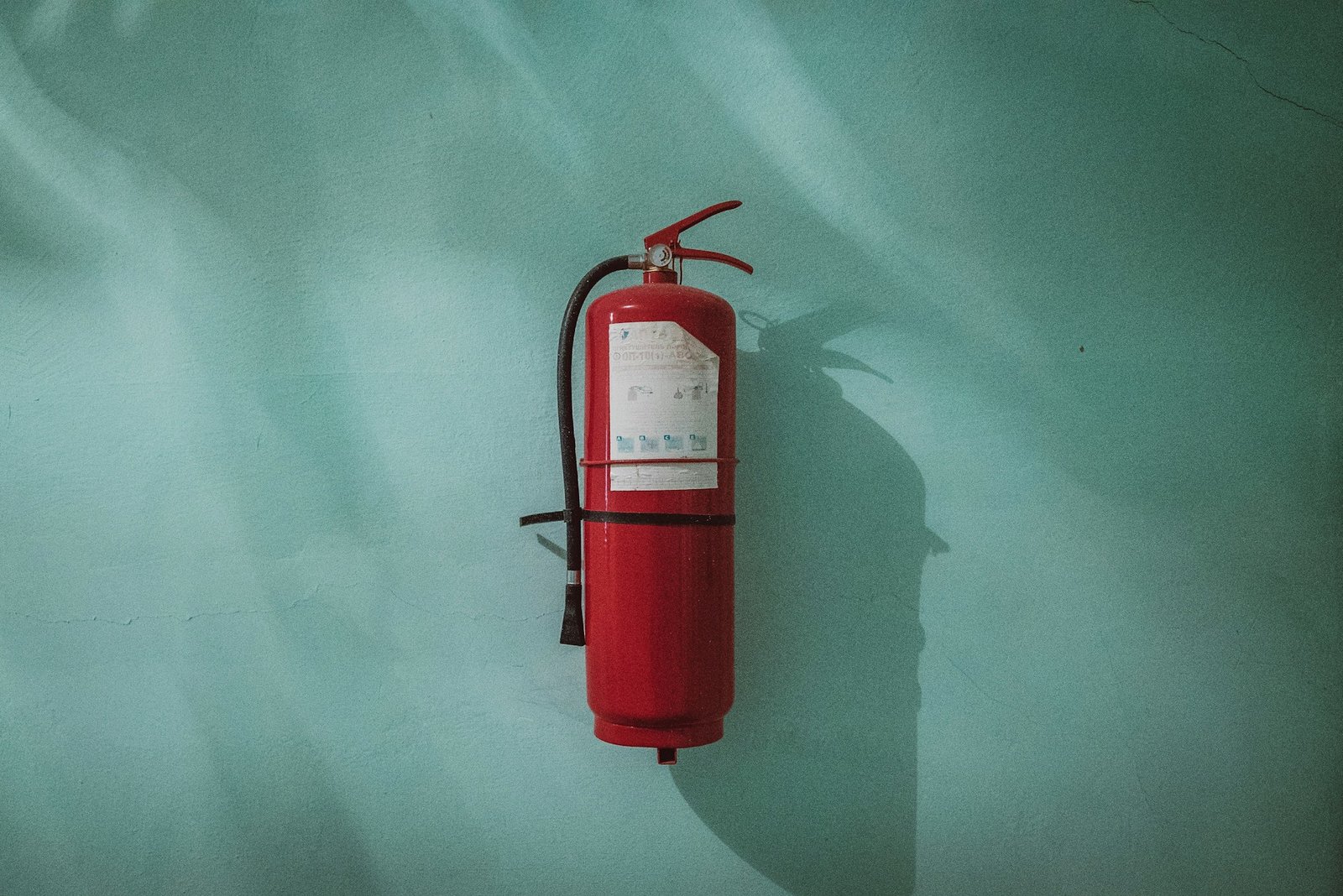The department plays a specialized and critical role in ensuring the safety of patients, staff, visitors, and the facility itself.

The department plays a specialized and critical role in ensuring the safety of patients, staff, visitors, and the facility itself. Given the unique environment of a hospital, where vulnerable individuals are present, the department’s responsibilities are more focused on maintaining a safe and secure environment while minimizing disruptions to patient care.

Support us by volunteering, visiting, and contributing resources
